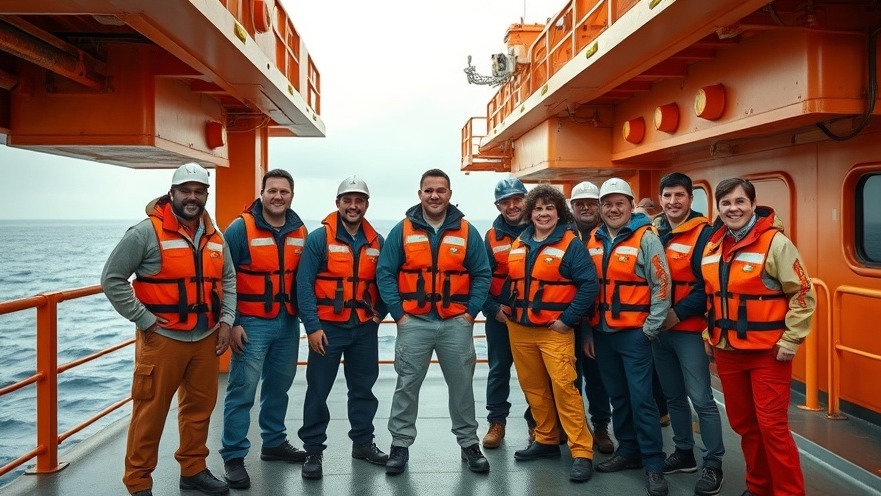
Deep-Sea Mining: A Promise Wrapped in Controversy
As the world looks for new solutions to the clean energy crisis, deep-sea mining is emerging as a tempting opportunity, particularly for the small Pacific nation of the Cook Islands. The nation is on the brink of becoming the first in the world to adopt this controversial practice, but locals are divided. With a rich ecosystem at stake, will they choose potential economic benefits over environmental concerns?
Wealth Beneath the Waves: What Lies Ahead
The Cook Islands, remote and often overlooked, hold an impressive treasure: millions of tons of polymetallic nodules rich in essential minerals like manganese, cobalt, nickel, and copper. These minerals are key components in the manufacturing of clean energy technologies such as solar panels and lithium-ion batteries. Yet, while the financial prospects are eye-opening, local residents grapple with the implications of disturbing the delicate balance of ocean life.
Community Voices: Different Perspectives on Deep-Sea Mining
In the Cook Islands, the divide among residents is stark. Some view deep-sea mining as a pathway to economic growth and job creation, envisioning their progression toward sustainability goals. Others, however, express deep concern for the unknown environmental impacts. "Can we really gamble with the ocean’s health for economic gain?" asks local eco-activist Vaiane Papaua. This sentiment reflects a global tension many face: how to balance economic advancement with environmental stewardship.
Exploring Sustainable Practices
To address these fears, companies involve research and baseline assessments as part of their exploratory licenses. The hope is to demonstrate that deep-sea mining can be done responsibly. The Cook Islands Seabed Minerals Authority is keen to ensure that whatever unfolds aligns with sustainable practices, including the possibility of utilizing renewable energy sources like solar power during mining operations.
The Bigger Picture: Global Implications of Local Decisions
The debates raging in the Cook Islands are not just local dilemmas; they resonate globally. Nations across the Pacific, and indeed the world, are observing closely, as the outcomes in the Cook Islands may serve as a precedent for how other nations approach the intersection of resource extraction and environmental responsibility. This case could potentially reshape legislation and corporate sustainability strategies moving forward.
What Lies Ahead for Eco-conscious Hospitality Businesses?
For boutique hospitality professionals, understanding the impacts of deep-sea mining is critical. Not only could the decision made by the Cook Islands influence tourism in the region, but it also reflects broader trends in eco-conscious consumerism. Hotels and eco-lodges may need to reconsider their sourcing practices and how they align with global sustainability goals.
Emotional Connections to Our Oceans
Stories from local fishermen and families who have relied on the ocean for generations highlight a deep emotional connection to the sea. They view the health of the environment as directly tied to their livelihoods and cultural identity. For many, the ocean is not merely an economic asset but a lifeline that nurtures their community's spirit.
A Call to Engage: What Can You Do?
As the Cook Islands weigh their options, how can you contribute to this dialogue? Engage with local initiatives advocating for sustainable practices in mining. Educate yourself about the importance of preserving marine ecosystems and explore how your own business model can reinforce your commitment to protecting the environment, whether that be through urban farming initiatives or implementing off-grid solar solutions.
Embarking on this path, the Cook Islands face a complex dilemma that challenges both their values and ambitions. What method will they choose as they plot their course? The world will be watching, and so should we, because the message sent by their decision may echo across oceans, impacting future generations and our shared environment.
 Add Row
Add Row  Add
Add 




Write A Comment